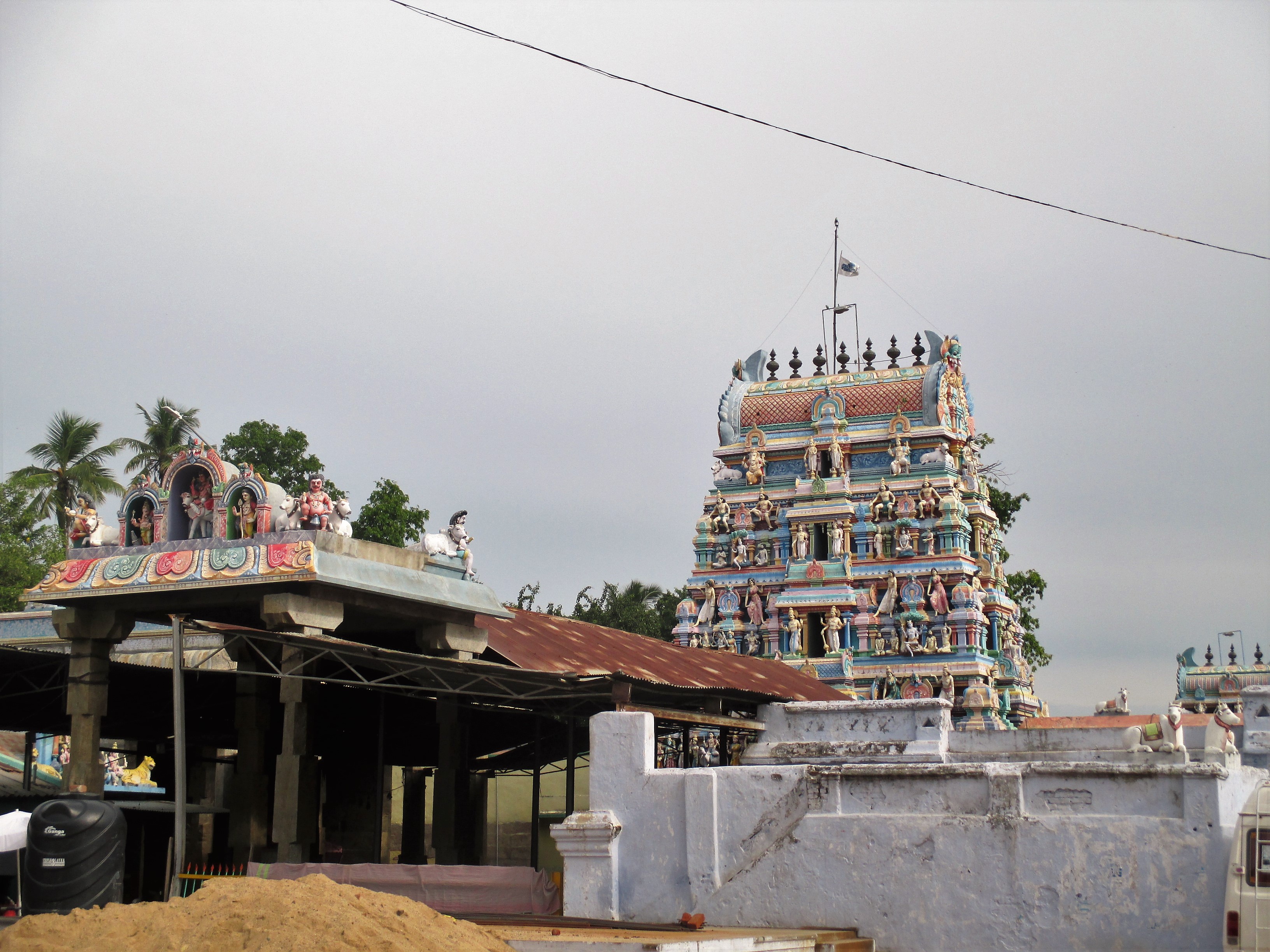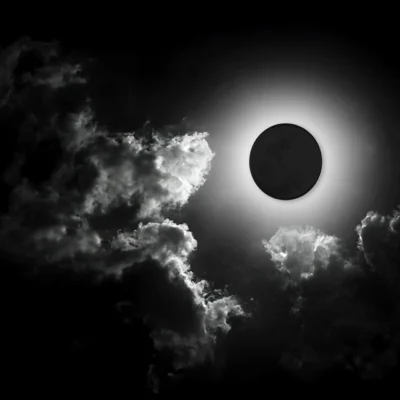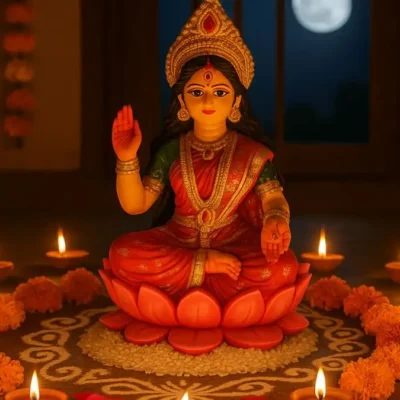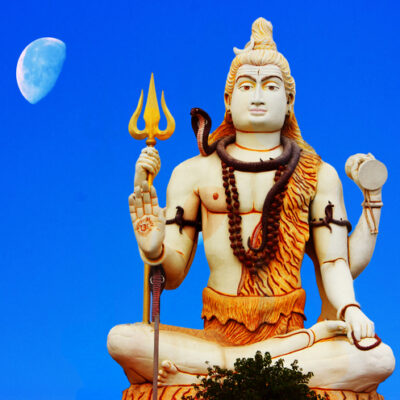Thiruvalam Sri Vilvanatheswarar Temple, Vellore

Address
Thiruvalam Sri Vilvanatheswarar Temple Thiruvalam Post Ranipet Via, Kudiyatham Taluk Velore District Tamil Nadu – 632 515. Tele: 0416 – 2236088
Diety
Vilva natheswarar Amman:Dhanumthayambal, Vallambi,
Introduction
Vilwanatheswarar Temple, also spelled Bilvanathesvara templeis a Hindu temple dedicated to the deity Shiva, located in Thiruvalam, a village in Vellore district in the South Indian state of Tamil Nadu. Shiva is worshipped as Vilwanatheswarar, and is represented by the lingam. His consort Parvati is depicted as Vallambigai. The presiding deity is revered in the 7th century Tamil Saiva canonical work, the Tevaram, written by Tamil saint poets known as the Nayanars and classified as Paadal Petra Sthalam. The temple complex covers around one acre and entered through a five-tiered gopuram, the main gateway. The temple has a number of shrines, with those of Vilwanatheswarar and his consorts Vallambigai, being the most prominent. All the shrines of the temple are enclosed in large concentric rectangular granite walls. The temple has many historic inscriptions from the 8th-century Nandivarman II era and later.The north wall of the temple is notable for one of the earliest inscriptions that mention Tevaram singers. Theertham (Holy water): Gouri Theertham, Neeva River Sthala Vriksham (Sacred Tree): Vilvam
Puranic Significance
According to legend, in ancient times this region was densely covered with Vilva trees. It is believed that once, a few locals had noticed a cow pouring its milk on a particular ant-hill every day. After clearing that place, they found a Swayambu lingam and built a temple around it. Another legend associated with this place is that when the temple priest used to bring water for Pooja / Abishekam, he was being troubled by a demon (asura) called Kanjan. The priest complained to Lord Shiva about his troubles and on hearing his plea, Lord Shiva instructed Nandhi (his mount) to kill the demon. Nandhi executed the lord’s order and killed the demon. It is said that Nandhi tore the demon into eight pieces and these eight parts fell in eight different places – Lalapettai (skull), Seekarajapuram (head), Maveri (chest), Vadakal (right leg), Thenkal (left leg), Maniampattu (wrist), Kugayanallur (intestines), Narasingapuram (nerves) and Maruthampakkam (thorax). Later, in all these places Shiva temples were constructed. Seeking absolution for his sins, the demon Kanjan pleaded to Lord Shiva. The lord answered his pleas and his request for pardon and granted him “mukti”. The lord also blessed him by saying that wherever his blood had fallen, a Shiva lingam would appear. Even today one can see hundreds of such Shiva lingams on the nearby hill. It is also believed that if one digs anywhere on the hill, he can find a Shiva lingam.It is believed that since Lord Shiva found that the temple priest was struggling to bring water from the nearby river, he called the river to come near his temple. The river changed its course and started flowing near the temple. Since Lord Shiva called the river to come near to his temple (“nee vaa” meaning come here in Tamil), this river is now called Neeva. Sine the lord instructed the Nandi to safeguard this temple from the demon, the Nandi idol at this temple is seen facing away from the lord and looking towards the nearby hill (Kanjangiri). The legend of Nandhi fighting with the demon Kanjan is depicted in a sculpture in the hall (Sabha Mandapam) and also in the form of reliefs chiselled on the hall pillars. Another legend related to this temple is that once a person was on his way to Kasi to dissolve a relative’s ashes (“Asthi”) in the Ganges. Since Thiruvalam was a famous pilgrimage centre in the past, he decided to take some rest here and he kept the ashes near the temple tank. When he decided to resume his journey, he was surprised to see the Asthi changed to jasmine flowers. He proceeded to Kasi as planned and after reaching there, another surprise awaited him – the jasmine flowers had again changed back to ashes. Since he found that the Thiruvalam temple had changed the ashes into jasmine flowers, he decided not to dissolve the ashes in the Ganges, but instead bring it back to this temple and dissolve it in the temple tank itself. Even Saint Thirugnanasambanthar in his hymn has praised Lord Shiva of this temple as the lord who can grant the boon of salvation. This temple is also referred to as a Mukthi Sthalam (a place to attain salvation).
Beliefs
This temple is considered as holy as Lord Vishvanath temple in Kasi. This temple is also referred to as a Mukthi Sthalam (a place to attain salvation).
Special Features
The temple has many inscriptions from the Chola period. Saint Arunagirinadhar has also sang songs in praise of Lord Murugan of this temple in his revered Thirupugazh. Siddhar Sivanandha Mouna Guru Swamigal’s jeeva samadhi can be seen on the left side of the temple. It is said that he had done a lot of services (Thirupani) for this temple. It is believed that he was blessed by the lord and he had cured many diseases by offering sacred ash (Vibudhi) and Vilva leaves to the patients. He spent all the donations he received for the improvement and renovation of this temple. His idol is kept in the front hall (Mandapam) and devotees regularly perform bhajan and poojas. The goddess “Sri Thanumathyambal” is in a separate temple and she is also called “Theekali Ambal”. The corridor of this temple houses the Shiva lingams that are believed to have been installed and worshipped by Goddess Parvathi (Gouri), Lord Mahavishnu and Sage Sanakar. In the outer corridor idols of Kasi Viswanthar, Chandramouleeswarar, Annamalaiyar, Sadhasivar, Anandhar, Sreekandar, Ambikeswarar, Vitharaeswarar and Guru Eswarar can be seen. Also, there is a separate Sahasra lingam (1008 very small lingams engraved in a big lingam) in the corridor. Separate shrines for Lord Murugan with Valli and Devasena, Aadhi Vilvanathar, Sundareswarar with Meenakshi and idol of “Kani Vangiya Vinayagar” can be seen. Both granite and bronze procession idols of the 63 Nayanmars can be seen in the inner corridor. There is a huge Nandhi sculpture at the entrance of the temple and is said to have been installed by Siddhar Sivanandha Mouna Guru Swamigal.
Festivals
On all full moon days, special poojas are performed to the Shiva lingams in the Kanjan hill. The event of Lord Shiva granting “mukti” to the demon Kanjan is celebrated in a grand manner on the 10th day of the Tamil month of Thai (January-February). On this day, the procession idol of Lord Shiva is taken to Kanjanagiri (a nearby hill). Other important festivals celebrated in this temple are – Brahmotsavam in the Tamil month of Pankuni (March-April) and Theerthavari in the Neeva river on Masi Makam day (February-March).
Century/Period/Age
1000 to 2000 years old
Managed By
Hindu Religious and Charitable Endowments (HRCE)
Nearest Bus Station
Thiruvalam
Nearest Railway Station
Katpadi
Nearest Airport
Chennai










